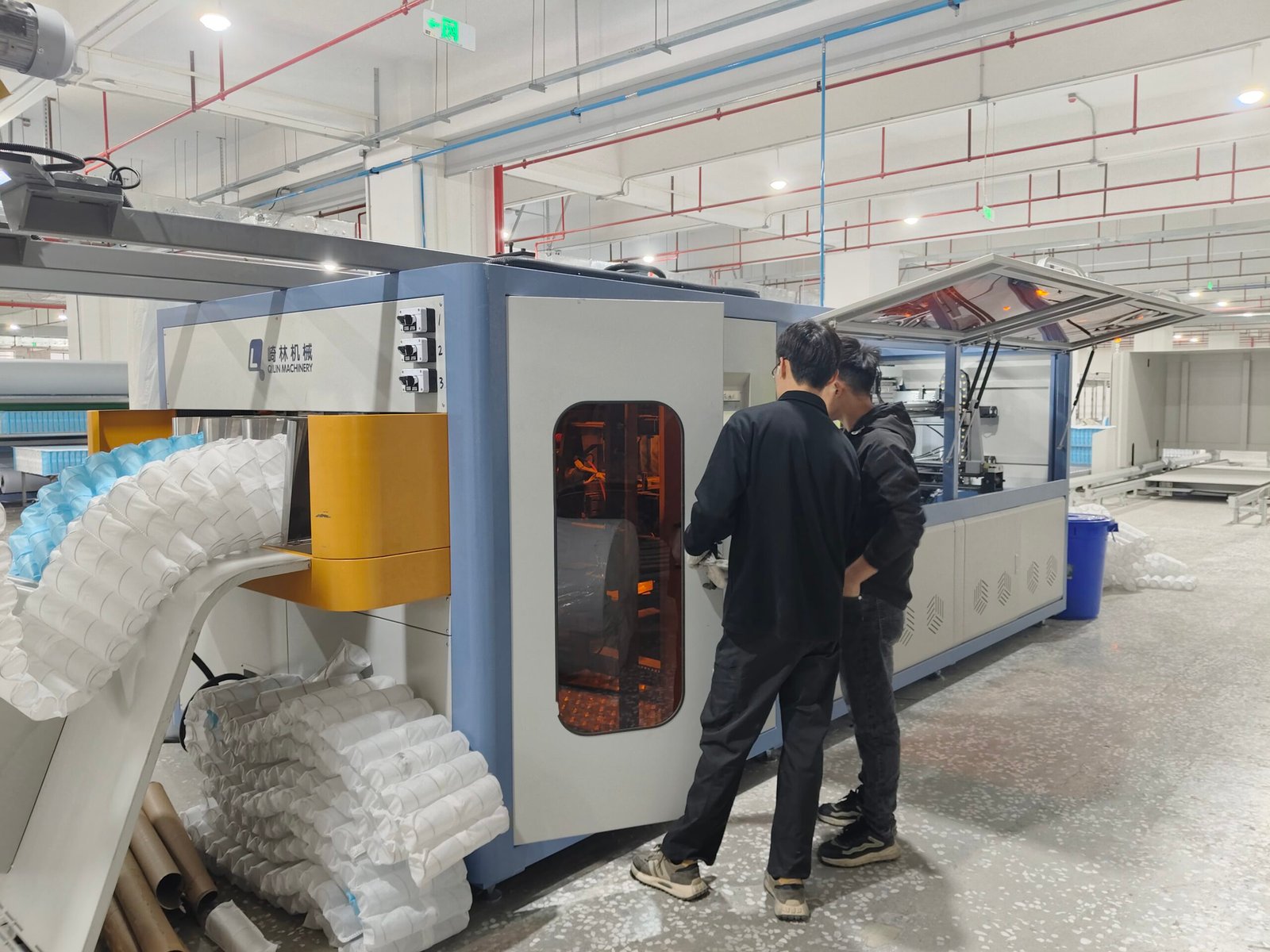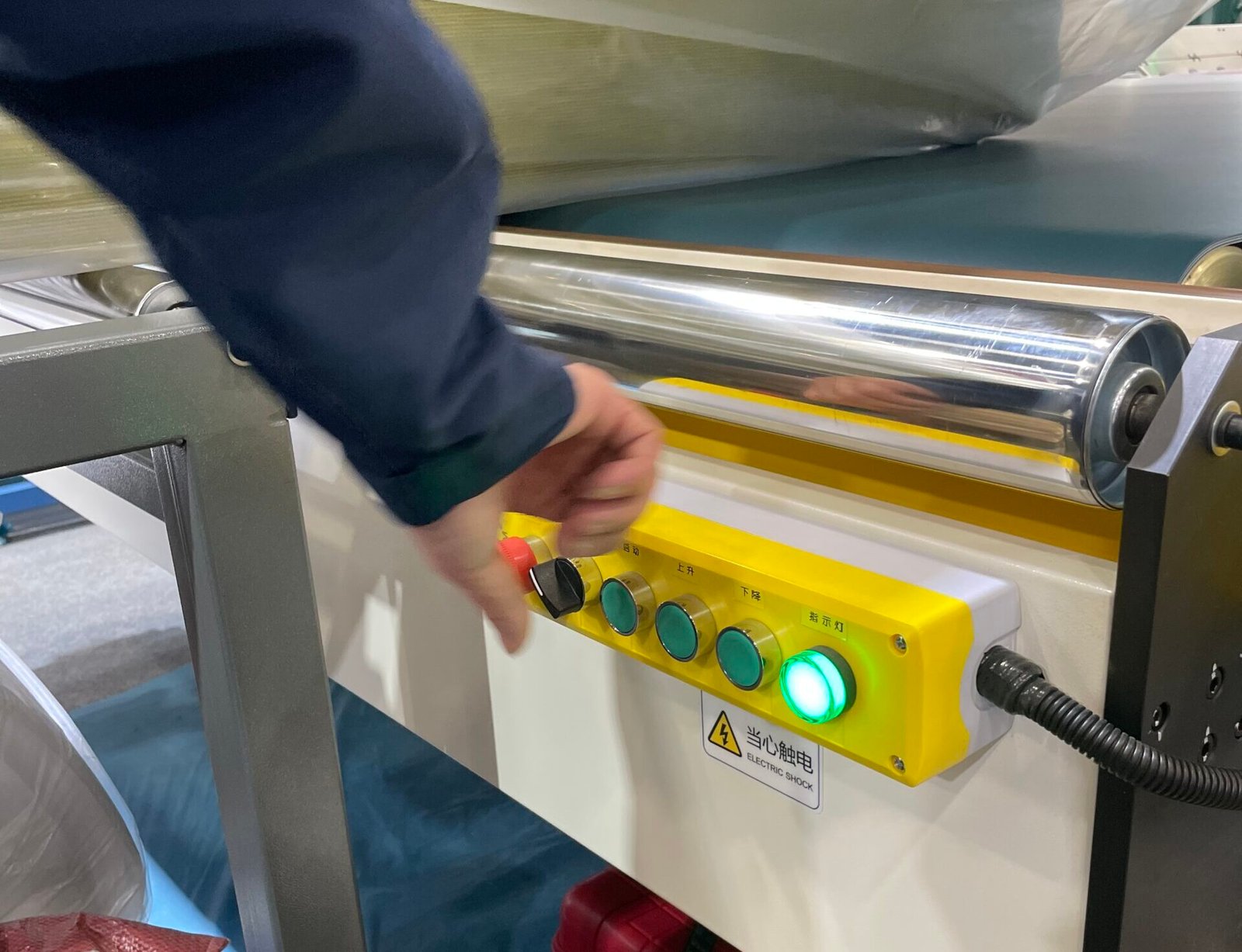
When a mattress machine stops, your entire production line grinds to a halt. Every minute counts.
This guide helps mattress manufacturers solve the most common machinery issues—from electrical faults to alignment and software glitches—before they become downtime disasters.
No machine runs perfectly forever. But if we know where and how they break, we can fix them faster, cheaper, and smarter.
What electrical problems occur most often—and how to fix them?

A single burnt fuse or loose wire can shut down a $30,000 machine.
Electrical failures usually start with power surges, faulty connections, or aging components—regular checks can prevent 80% of them.
We had a bagging machine that kept shutting off mid-cycle. After opening the cabinet, we saw one control wire had oxidized. A quick wire change fixed a problem that cost us two hours the previous week.
Electrical Trouble Checklist
| Problem | Quick Fix |
|---|---|
| Blown fuse | Replace with same-rated fuse |
| Corroded terminal | Clean or rewire connector |
| Surge after blackout | Install surge protector |
| Low voltage signal | Use multimeter to trace drop |
Routine electrical panel cleaning and testing can prevent fires, crashes, and a lot of stress.
How do I detect and repair motor failures?
Your machine’s power starts with the motor. If it fails, nothing else moves.
Signs like noise, heat, and vibration signal motor trouble—usually from bad bearings, misalignment, or wear.
One time, a mattress gluer kept tripping its motor. We found the gear coupler was slightly misaligned. Realigning it dropped the heat by 30%—no more overload.
Common Motor Fixes
- Lubricate bearings every 3 months
- Replace worn brushes and bearings
- Realign shafts and couplers
- Secure all mounting bolts
Better motor care = smoother machines and longer lifespan.
What happens when calibration and alignment are off?
When parts don’t line up, quality suffers—even if everything seems to “run.”
Misalignment causes uneven gluing, skewed packaging, and misfed springs—check regularly with simple tools.
In our case, a cutting blade was misaligned by just 2mm—it still cut, but the mattresses came out 5mm short. Fixing that saved hundreds of bad pieces.
Tools We Use
| Tool | Purpose |
|---|---|
| Laser level | Shaft alignment |
| Digital caliper | Component spacing |
| Template jigs | For repetitive alignment checks |
Doing this monthly helps maintain tolerances and reduce complaints.
Why do sensors malfunction—and what’s the fix?
If sensors fail, machines lose their “eyes.” Suddenly, gluing won’t trigger, springs misfeed, and you have no idea why.
Most sensor issues are caused by dust, bad wiring, or misplacement. Clean and realign before replacing.
We had a glue sensor that kept blinking. Turns out—it was covered in dust from recycled fabric. A quick alcohol wipe and reset fixed it instantly.
Sensor Care Tips
- Clean sensors weekly with alcohol
- Use shielded cables to reduce interference
- Mount sensors securely to avoid vibration
- Test with a diagnostic tool if unsure
Fix the small eye to avoid a big blind spot.
What software issues can stop production?
Modern machines rely on software—and when it glitches, nothing moves.
Outdated firmware, corrupted logic, or untested updates can crash your system—always back up and update carefully.
One operator in Malaysia accidentally installed the wrong firmware for the cutter—machine kept error-looping. We sent the correct file and video guide—solved in 20 minutes.
Best Practices
| Step | Reason |
|---|---|
| Backup PLC config monthly | Recover fast after a crash |
| Keep firmware up-to-date | Prevent old bugs |
| Only update during idle time | Avoid unexpected stops |
| Use antivirus if using PC-based control | Protect data integrity |
IT + factory = a team now.
What should I check in pneumatic or hydraulic systems?
Leaks, pressure drops, and slow cylinder movement are common in mattress press systems.
Air and oil systems degrade over time—cracked hoses, worn seals, or wrong pressures are usually the culprits.
Once, a compressor-powered gluer was moving too slowly. Turned out one of the air solenoids was clogged—cleaned it, and we were back to speed.
Hydraulic & Pneumatic Fixes
- Inspect hoses monthly for cracks
- Replace O-rings every 6 months
- Monitor PSI gauges for abnormalities
- Drain moisture traps from air lines weekly
Preventive care keeps your power smooth and strong.
Are belts and chains causing delays?
If your machine squeals, shakes, or slips—check the belts and chains first.
Frayed belts or loose chains slow down feed, cut precision, and even cause jams.
In one case, the chain tension was off by just 5mm—caused a cutter head delay and bad timing with the glue applicator.
What to Do
| Check | How Often |
|---|---|
| Tension | Weekly |
| Alignment | Monthly |
| Replacement | Every 6–12 months |
| Lubrication (chains) | Every 2 weeks |
A well-tensioned machine is a happy machine.
Is lubrication really that important?
Without proper oil and grease, your high-precision machinery will wear down fast.
Use the right lubricant, in the right place, at the right time—it’s the cheapest form of protection.
We use high-temp lithium grease for our spring winder and food-grade oil for glue pumps. Our operator logs every point in a checklist.
Key Lubrication Points
- Bearings on bagging rollers
- Gearboxes on gluing arms
- Sliding shafts on pressing systems
- Chain guides on conveyor belts
Never skip the lube chart—it’s your machine’s lifeline.
Conclusion
Trouble in your mattress machines is inevitable—but with the right checks, tools, and habits, you’ll fix issues fast and stay on track.
Get in touch with us for tailored solutions! We look forward to collaborating with you and shaping a brighter future together!
📞 | WhatsApp:+86 15220512074
📧E-mail:zhongliantec@gmail.com
Web | Link:mattressmachineryzl.com
